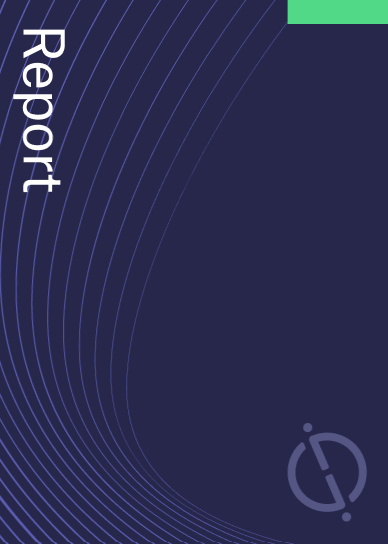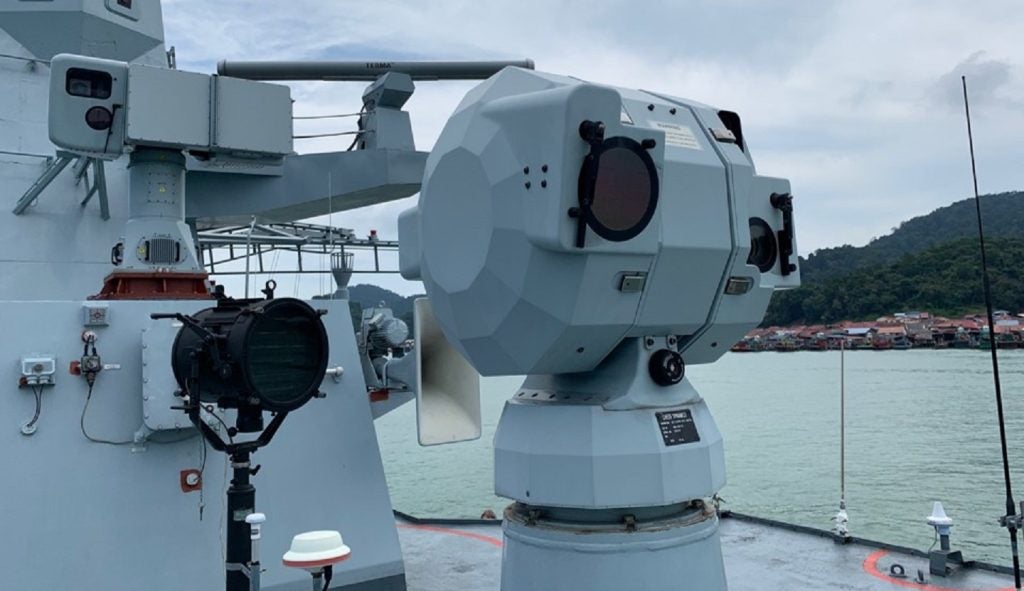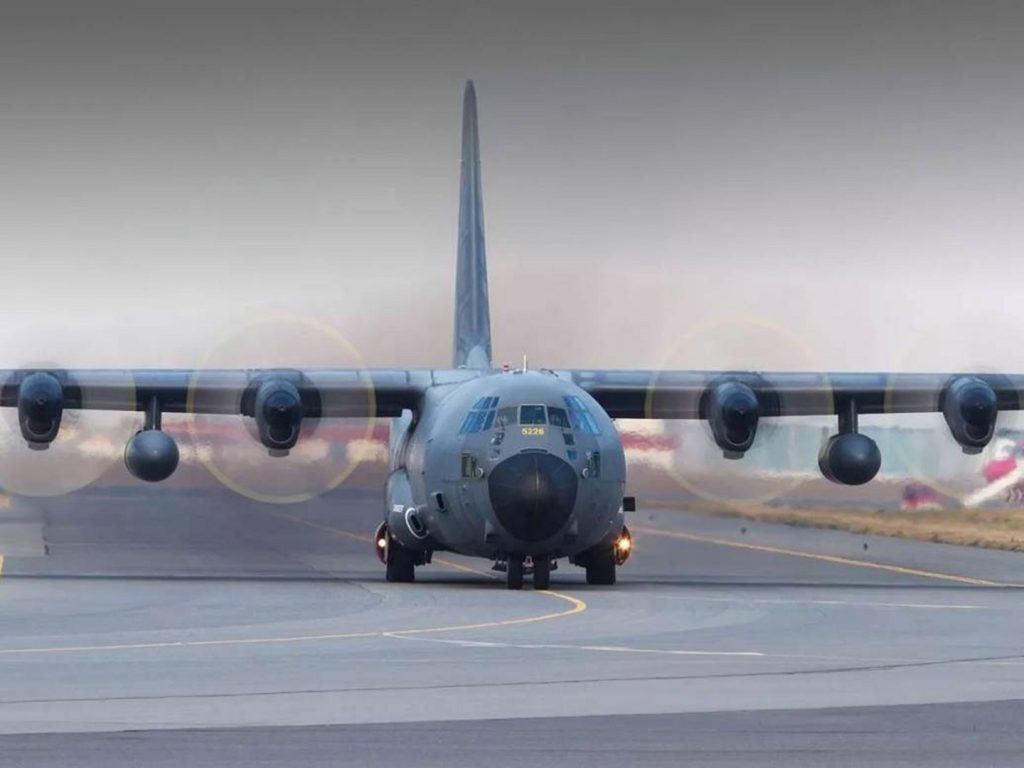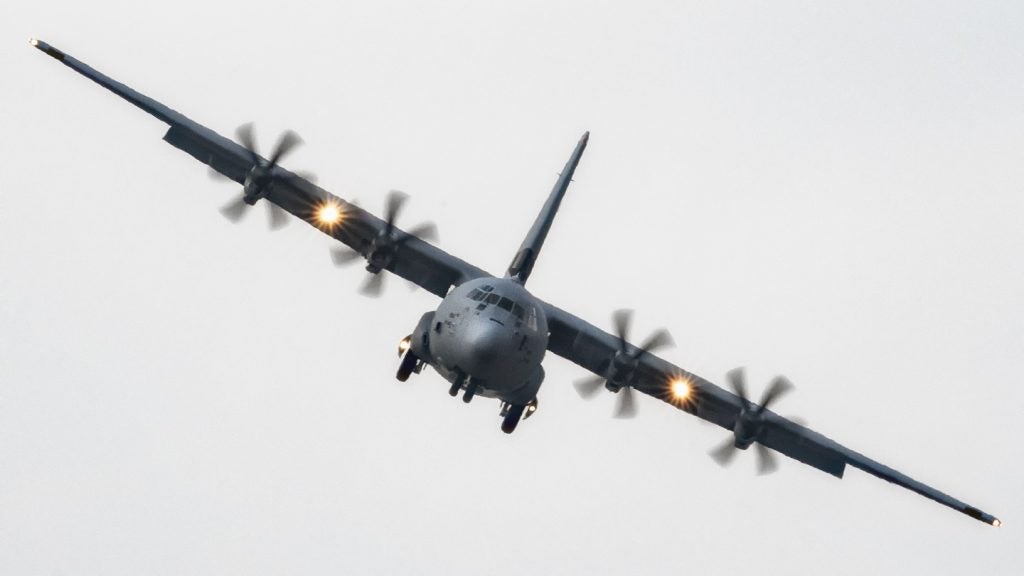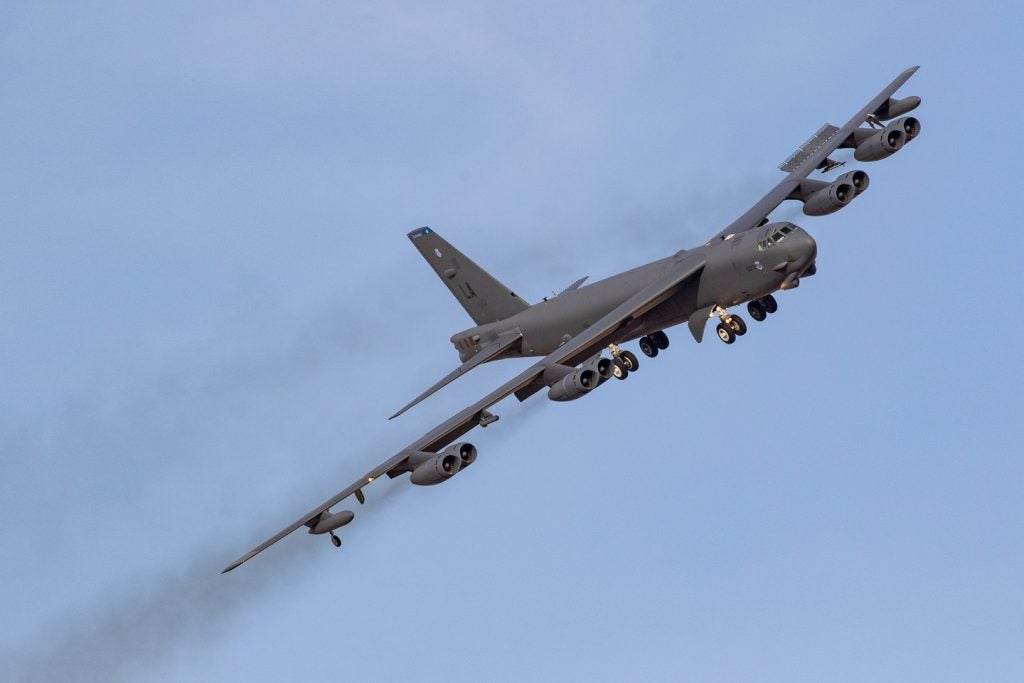The aerospace and defense industry continues to be a hotbed of patent innovation. Activity is driven by developments in artificial intelligence (AI) and machine learning, and the growing importance of technologies such as drones, satellite technology, and big data. In the last three years alone, there have been over 237,000 patents filed and granted in the aerospace and defense industry, according to GlobalData’s report on Artificial intelligence in defense: autonomous flight controls. Buy the report here.
However, not all innovations are equal and nor do they follow a constant upward trend. Instead, their evolution takes the form of an S-shaped curve that reflects their typical lifecycle from early emergence to accelerating adoption, before finally stabilizing and reaching maturity.
Identifying where a particular innovation is on this journey, especially those that are in the emerging and accelerating stages, is essential for understanding their current level of adoption and the likely future trajectory and impact they will have.
110 innovations will shape the aerospace and defense industry
According to GlobalData’s Technology Foresights, which plots the S-curve for the aerospace and defense industry using innovation intensity models built on over 206,000 patents, there are 110 innovation areas that will shape the future of the industry.
Within the emerging innovation stage, precision imaging drones, aircraft maintenance AI, and AI video analytics are disruptive technologies that are in the early stages of application and should be tracked closely. Aerial imaging, autonomous flight controls, and surveillance AI are some of the accelerating innovation areas, where adoption has been steadily.
Innovation S-curve for artificial intelligence in the aerospace and defense industry
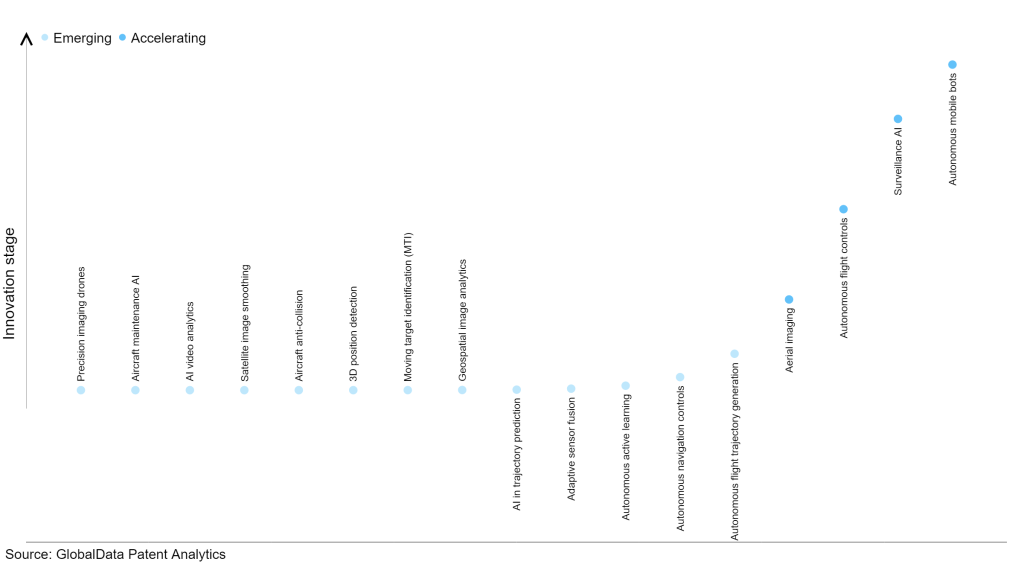
Autonomous flight controls is a key innovation area in artificial intelligence
Autonomous flight controls refer to systems, devices, and methods that enable unmanned aerial vehicles (UAVs) to operate independently without human intervention. These systems enable UAVs to make decisions, execute movements, and perform tasks depending on the environment they encounter, communication protocol, and other variables.
GlobalData’s analysis also uncovers the companies at the forefront of each innovation area and assesses the potential reach and impact of their patenting activity across different applications and geographies. According to GlobalData, there are 100+ companies, spanning technology vendors, established aerospace and defense companies, and up-and-coming start-ups engaged in the development and application of autonomous flight controls.
Key players in autonomous flight controls – a disruptive innovation in the aerospace and defense industry
‘Application diversity’ measures the number of applications identified for each patent. It broadly splits companies into either ‘niche’ or ‘diversified’ innovators.
‘Geographic reach’ refers to the number of countries each patent is registered in. It reflects the breadth of geographic application intended, ranging from ‘global’ to ‘local’.
Patent volumes related to autonomous flight controls
Source: GlobalData Patent Analytics
AeroVironment is one of the leading patent filers in autonomous flight controls. The company, through minority-owned HAPSMobile, has filed patents related to system, communication control device, program, and control method.
The system has two main parts, a device on the ground and a device on a flying vehicle. The flying vehicle sends out beams to create a communication zone on the ground for wireless services. The device on the flying vehicle has components that gather its position and attitude information, send this information to the ground device, receive instructions from the ground device on how to adjust the beams, and then control the beams accordingly. Essentially, it's a system for providing wireless communication from a flying vehicle to specific areas on the ground, and it can adjust its communication beams based on instructions from a ground device.
AeroVironment acquired Progeny Systems’ Intelligent Systems Group (ISG), a provider of AI-enabled computer vision, machine learning, and perceptive autonomy technologies, in February 2021, to accelerate its AI and autonomy initiatives for both defense and commercial customers.
Other significant patent filers in the autonomous flight controls space include Liberaware, Lockheed Martin, and Japan Aerospace Exploration Agency.
In terms of application diversity, AeroVironment, Mitsubishi Electric, and Oki Electric Industry are some of the leading innovators. By means of geographic reach, some of the leading patent filers include Mitsubishi Electric, Sumitomo Heavy Industries, and Aeronext.
To further understand the key themes and technologies disrupting the aerospace and defense industry, access GlobalData’s latest thematic research report on Artificial Intelligence (AI) in Defense.
Data Insights
From

The gold standard of business intelligence.
Blending expert knowledge with cutting-edge technology, GlobalData’s unrivalled proprietary data will enable you to decode what’s happening in your market. You can make better informed decisions and gain a future-proof advantage over your competitors.


